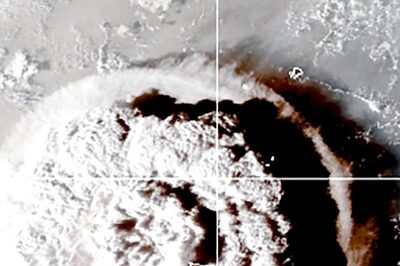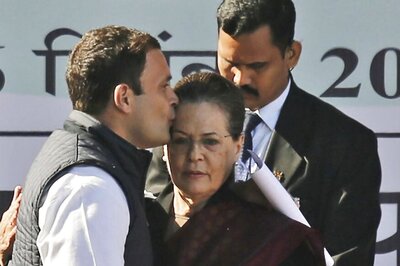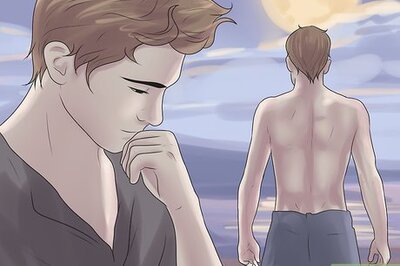
views
Geneva: A new WHO-sponsored report has concluded that ultra-violet radiation from the sun causes a considerable global disease burden.
The diseases include specific cancers and the report suggests that much of the UV-related illnesses and deaths can be avoided through a series of simple prevention measures.
The report titled `Global Burden of Disease of Solar Ultraviolet Radiation' estimates that up to 60,000 deaths a year worldwide are caused by too much exposure to ultraviolet radiation (UVR).
Of these 60,000 deaths, an estimated 48,000 are caused by malignant melanomas, and 12,000 by skin carcinomas.
The WHO report further goes on to say that over 1.5 million DALYS ("disability-adjusted life years")-a measure of the loss of full functioning due to disease and death are lost every year due to excessive UVR exposure.
The new WHO report is the first-ever systematic examination of the global health burden due to UVR.
It investigates nine adverse health outcomes from excess UVR exposure.
The main three, which cause the greatest burden of disease from UVR, are cutaneous malignant melanomas, and non-melanoma skin cancers developing in different cell layers of the skin (squamous cell carcinomas and basal cell carcinomas).
In addition, UVR causes sunburn, skin photoageing, cortical cataracts (eye lens opacities), pterygium (a fleshy growth on the surface of the eye), reactivation of herpes of the lip (cold sores) and the rare squamous cell carcinomas of the eye.
"We all need some sun, but too much sun can be dangerous. Fortunately, diseases from UV such as malignant melanomas, other skin cancers and cataracts are almost entirely preventable through simple protective measures," director for Public Health and the Environment at WHO, Dr Maria Neira said.
The report notes that UVR does have beneficial effects, mainly in the production of vitamin D following skin exposure to the UVB (shorter wavelength) component of UVR.
Adequate vitamin D prevents the development of bone diseases such as rickets, osteomalacia and osteoporosis. Moreover, the possible beneficial effects on some cancers and immune disorders are under investigation.
A few easy-to-implement sun safety measures could prevent much of the cancer and other death and disease burden due to UV radiation, WHO says:
- Limit time in the midday sun.
- Seek shade when UV rays are most intense.
- Wear protective clothing including hats and sunglasses.
- Use a broad-spectrum sunscreen of sun protection factor 15+.
- People under the age of 18 should avoid sunlamps and tanning parlours.
- Know the UV index: when the UV Index predicts radiation levels of 3 (moderate) or above.
- Sun safety measures should be practiced.
- Protect children from the sun.

















Comments
0 comment